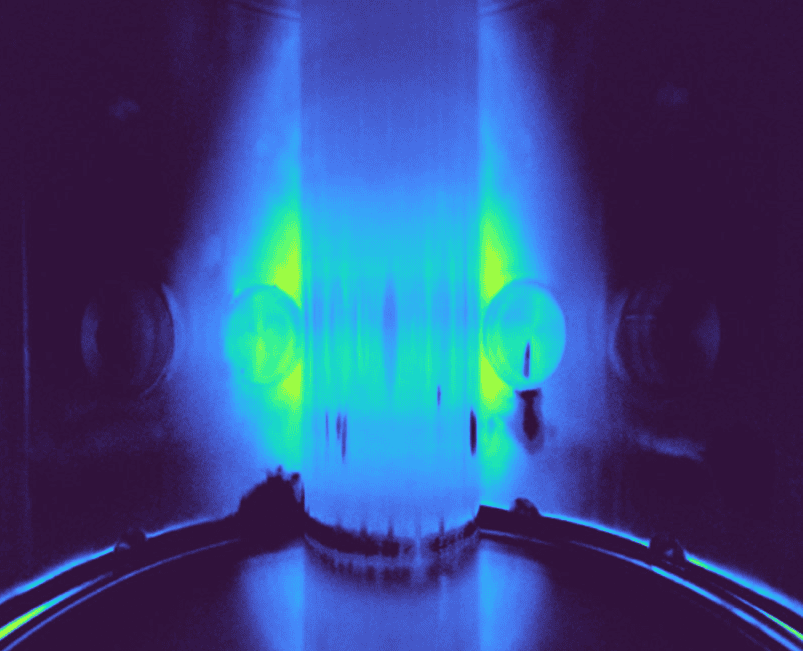The Sun is riddled with mystery. People on Earth are about 150 million kilometres away from the Sun and only have a limited view of the star. Add to that the fact that the Sun’s surface is scorching hot, and it’s constantly ejecting particles at a speed of around 1 million miles per hour. So, it’s no surprise that researchers and astronomers are still discovering new things about the Sun. Now, astronomers have solved a decade-long conflict between the Sun’s internal structure as determined by solar oscillations (helioseismology) and the structure derived from the fundamental theory of stellar evolution, which is based on measurements of the present-day Sun’s chemical composition.
The Sun, for example, has significantly more oxygen, silicon, and neon than previously assumed. In addition, the technologies used to offer much more precise predictions of stellar chemical compositions in general.
What do you do when a tried-and-true approach for estimating the Sun’s chemical composition clashes with a novel, exact method for mapping the Sun’s inner structure? Until recent computations reconciled the seeming discrepancy, astronomers studying the Sun faced this situation.
The method used spectral analysis, which decomposes light into waves of various lengths. Dark lines can be seen in stellar spectra, suggesting the existence of specific chemical components. These lines were linked to the star’s temperature and chemical composition as early as 1920. According to experts, the Sun and other comparable stars are primarily made up of hydrogen and helium. Solar atmospheric observations reported in 2009 were used to calibrate this standard model.
The convection zone inside the Sun, where matter actively mixes and transfers energy from the inner to the outer layers, is significantly greater than the standard model predicts, according to the helioseismic model. Other calculations, such as the total quantity of helium in the Sun, were also off.
By reviewing the models on which spectral estimations of the Sun’s chemical composition are based, Ekaterina Magg, Maria Bergemann, and colleagues have managed to address that problem. They compiled a list of all the chemical elements that correlate to modern stellar development theories.
Magg said that they discovered that the Sun contained 26 percent more elements heavier than helium than earlier research had concluded. The value for the oxygen abundance was also nearly 15 percent greater than previous studies, added Magg.
The unexplained disparity between the results of those models and helioseismic data disappears when those new values are utilised as the input for current models of solar structure and evolution. The in-depth investigation of how spectral lines are formed resolves the solar abundance dilemma.





